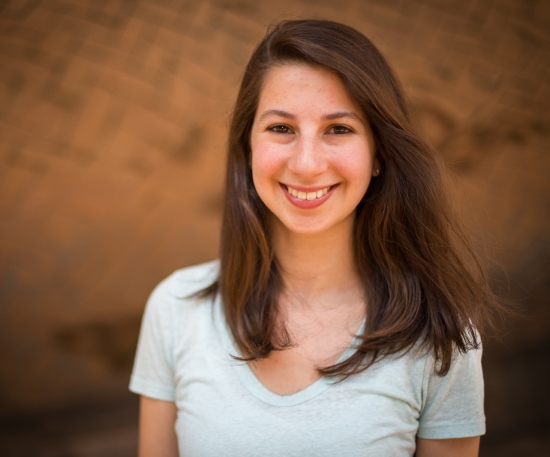ECE Seminar
Imaging the Invisible
Add to Google Calendar

Imaging plays a critical role in advancing science. However, as science continues to push the boundaries of knowledge, traditional imaging approaches are reaching observational limits. In this talk I discuss how combining ideas from physics, signal processing, and machine learning has allowed us to transcend these limits in order to see people moving behind walls and take the first picture of a black hole.
It is theorized that the heart of the Milky Way galaxy is host to an evolving black hole. An image of this black hole could help to address a number of important scientific questions. Unfortunately, due to its small size, traditional imaging approaches require an Earth-sized radio telescope. In this talk, I discuss techniques we have developed to photograph the black hole using a network of telescopes scattered across the globe. Imaging the black hole's rapidly evolving structure with this computational telescope requires us to reconstruct video from sparse measurements, heavily corrupted by atmospheric error. Additionally, I present an evaluation process developed to establish confidence in reconstructions done with real scientific data. These methods and evaluation techniques are currently being applied in ongoing work to take the first picture of a black hole as part of the Event Horizon Telescope collaboration.
Katie Bouman is a postdoctoral fellow at the Harvard-Smithsonian Center for Astrophysics. She recently received her Ph.D. in the Computer Science and Artificial Intelligence Laboratory (CSAIL) at MIT. Before coming to MIT, she received her bachelor's degree in Electrical Engineering from the University of Michigan. The focus of her research is on using emerging computational methods to push the boundaries of interdisciplinary imaging.
 MENU
MENU 
